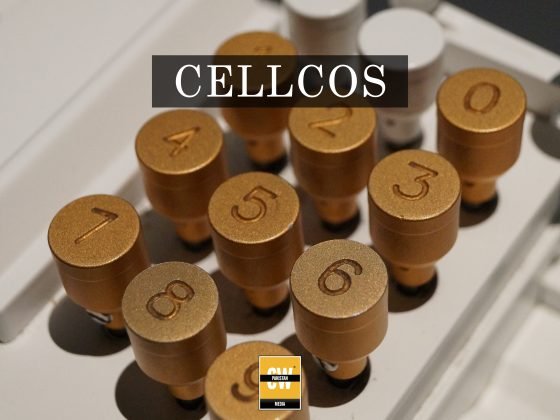Pakistan has witnessed a sharp rise in mobile phone imports at the start of FY26, with official data showing imports reaching $300.509 million during July–August 2025, compared to $143.703 million in the same period last year. This marks an increase of more than 109 percent in dollar terms. In rupee value, imports stood at Rs 85.245 billion, representing a 112.71 percent rise over the corresponding months of the previous fiscal year. Industry analysts say the spike highlights an uptick in demand for advanced devices despite ongoing efforts to expand local manufacturing capacity.
The upward trend was also visible on a monthly basis. In August 2025, mobile imports reached $155.164 million, reflecting a 6.41 percent rise from July’s figure. Year-on-year growth for August alone was nearly 96 percent when compared with $79.290 million in August 2024. These numbers show that while the country’s long-term policy has encouraged local assembly, the appetite for imported models remains strong at the beginning of FY26, especially for high-end smartphones not yet produced domestically.
Interestingly, the surge comes after an overall contraction in Pakistan’s mobile phone imports during FY2024–25. Imports in that fiscal year fell 21.31 percent to $1.494 billion compared to $1.898 billion in FY2023–24. In rupee terms, the decline was even sharper at 22.09 percent with imports totaling Rs 417.351 billion. Overall telecom imports also dropped by 11.30 percent over the same period. This reversal in the first two months of FY26 suggests that market dynamics may be shifting, driven by new product launches and evolving consumer preferences.
At the same time, local manufacturing continues to play an increasingly significant role. Between January and July 2025, 17.83 million mobile phones were assembled within Pakistan compared to just 1.03 million imported commercially during the same period. July alone saw the production of 3.59 million locally manufactured units versus 0.17 million imports. Out of the total output, 9.36 million units were 2G phones while 8 million were smartphones, reflecting a diverse product mix from domestic facilities. PTA data further indicates that 68 percent of mobile devices in use across the country are smartphones, with 32 percent still on 2G networks.
This combination of rising imports and strong local assembly reflects both an increase in consumer demand for advanced mobile technology and a gradual strengthening of Pakistan’s domestic production base. The ongoing growth in local assembly alongside high import volumes underscores a transitional phase in the mobile ecosystem where imported premium devices coexist with locally produced models catering to mass-market needs.
Follow the SPIN IDG WhatsApp Channel for updates across the Smart Pakistan Insights Network covering all of Pakistan’s technology ecosystem.








